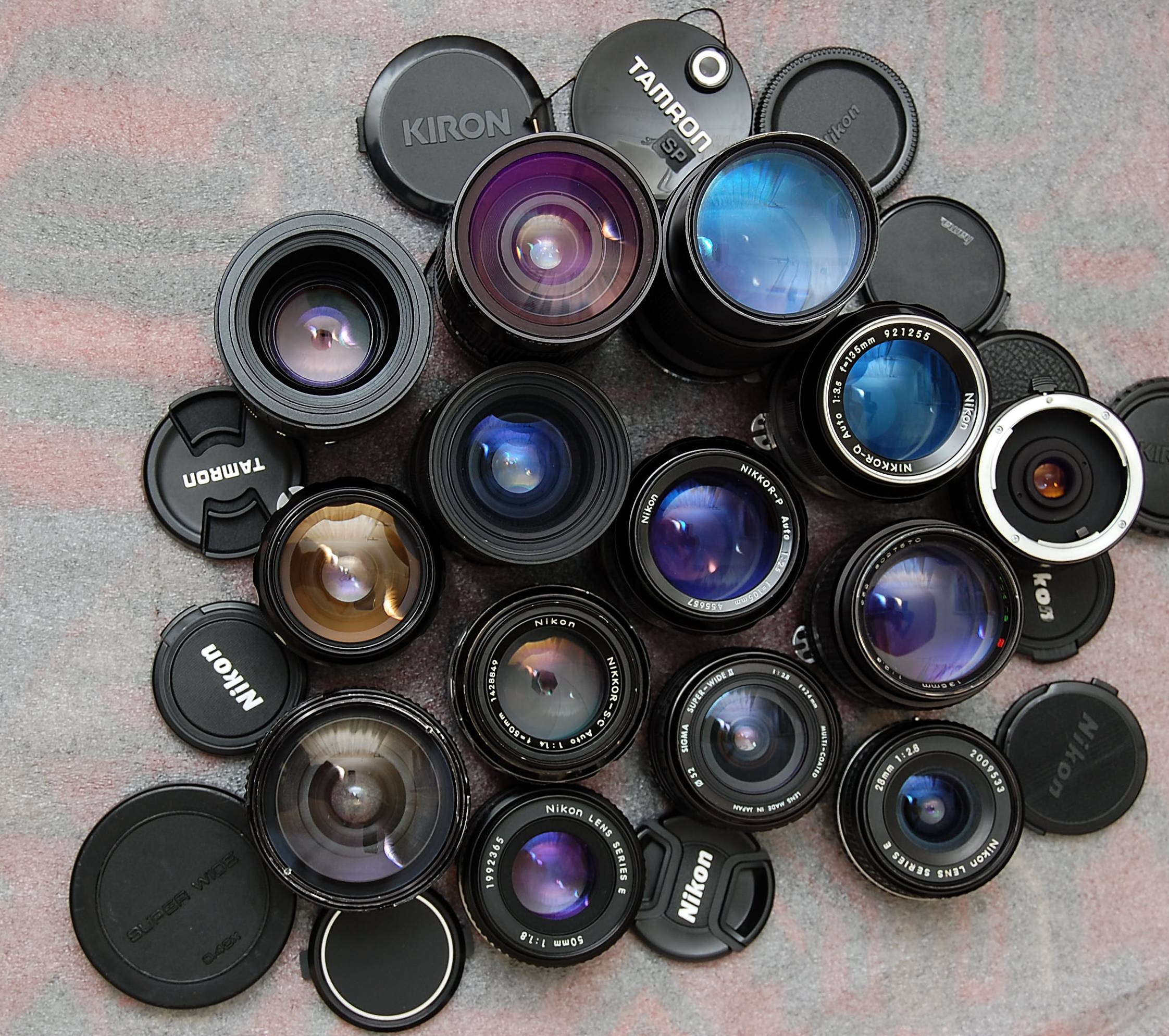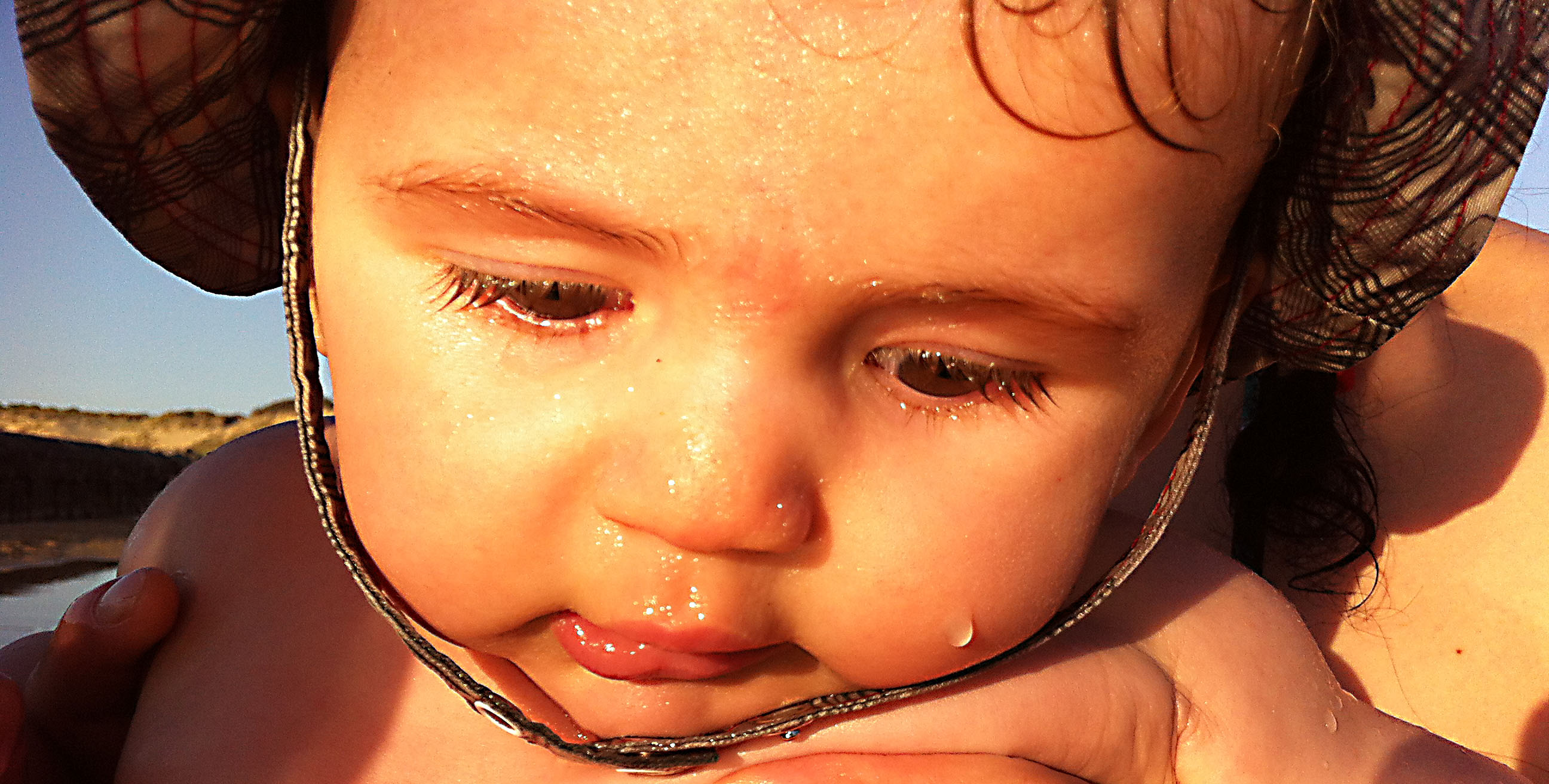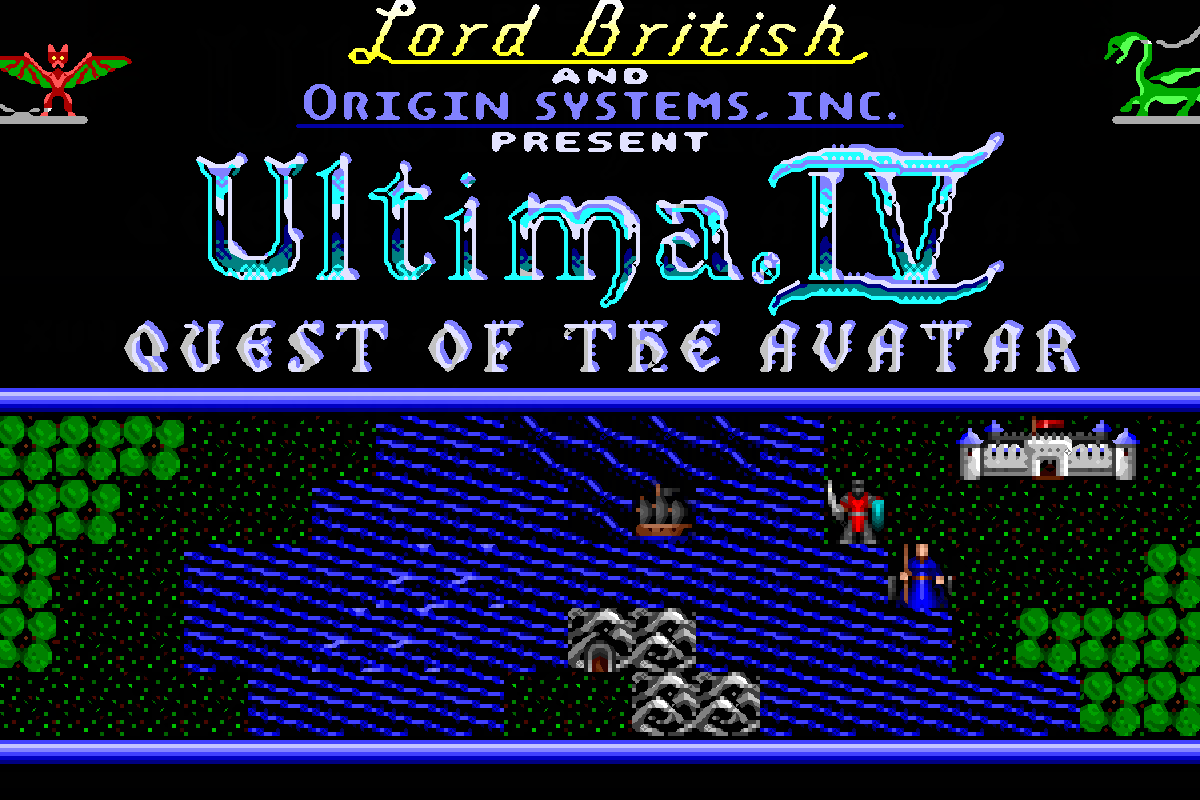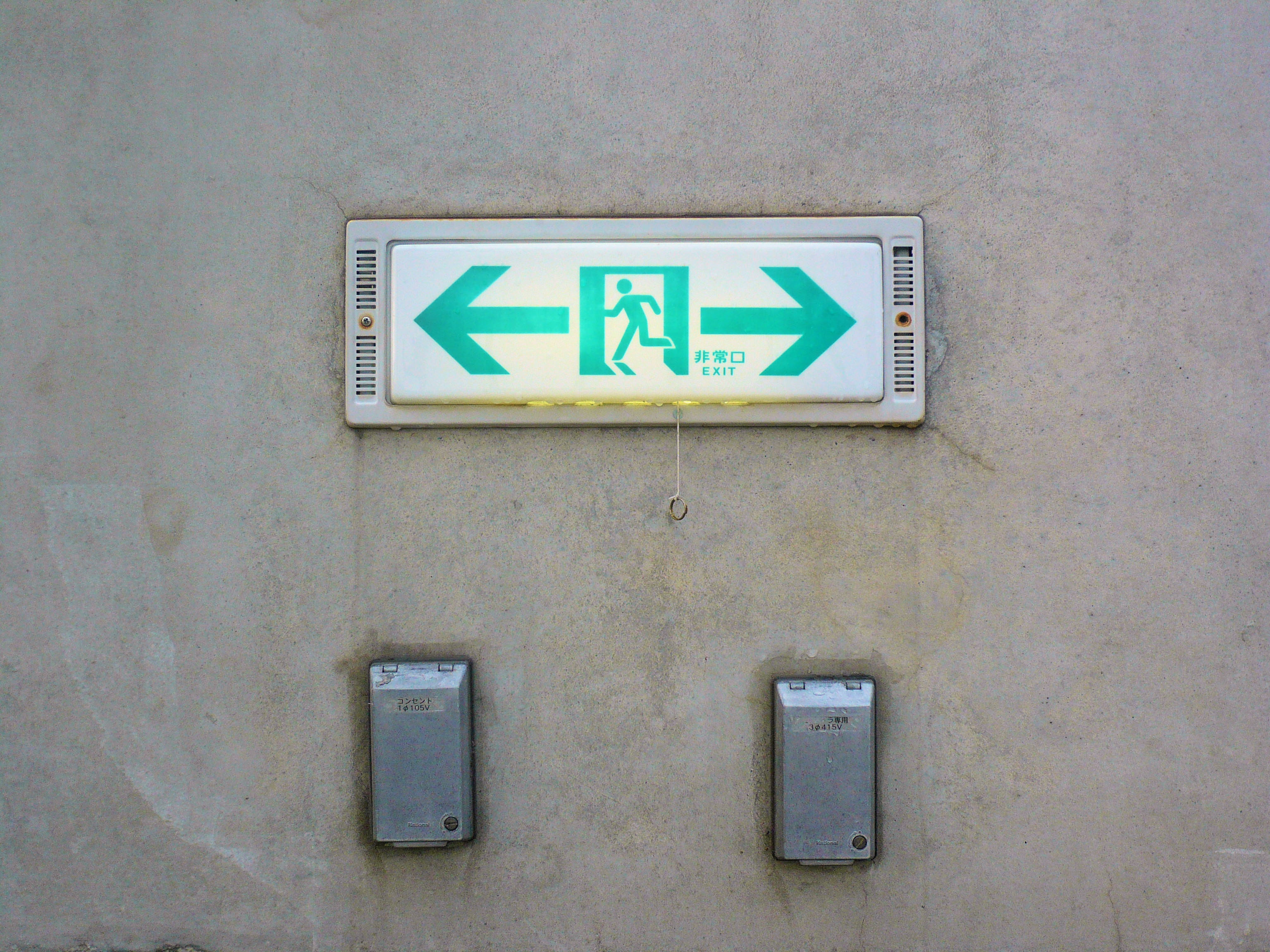
“Knowledge is the economy. What used to be the means has today become the end. Knowledge is a river, not a reservoir. A process, not a product. It’s the pipes that matter, because learning is in the network.” – George Siemens in Knowing Knowledge (2006) Harnessing the proliferation of knowledge systems and the rapid pace of technological change is a key problem for 21st century organizations.








